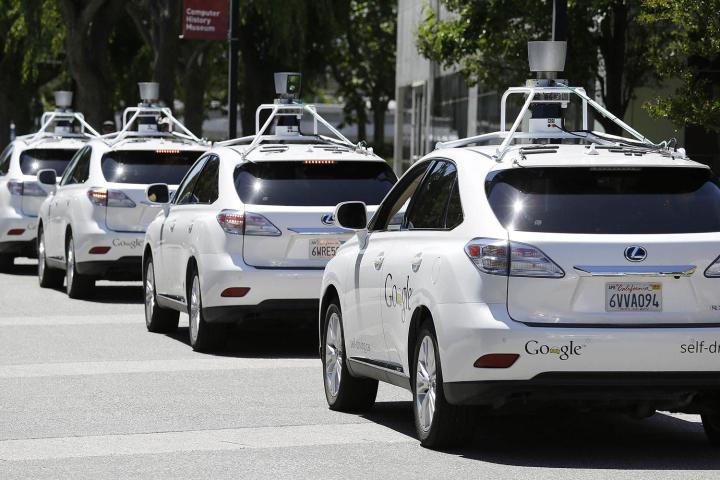
“Not once was the self-driving car the cause of the accident,” said Chris Urmson, Principal Engineer and Software Lead for Google’s self-driving vehicle program.
The disclosure comes following a report by the The Associated Press that claimed four driverless cars operating in The Golden State had gotten into accidents since September, prompting the tech giant to clarify on Monday. Three of those vehicles were reportedly in Google’s care, while the fourth was in the control of a parts supplier called Delphi Automotive.
All of the incidents have been minor, the tech giant says, resulting in “light damage, no injuries,” and occurred over the 1.7 million miles the vehicles have been on the road. As of this writing, a total of 48 autonomous cars are licensed to operate on California streets.

“Even when our software and sensors can detect a sticky situation and take action earlier and faster than an alert human driver, sometimes we won’t be able to overcome the realities of speed and distance,” Urmson said. “Sometimes we’ll get hit just waiting for a light to change.”
Several major automakers have poured significant funding into autonomous technology thus far, including Hyundai. In March, the brand announced that its piloted systems would be ready for production by 2020.
Audi, another proponent of self-driving technology, recently completed a 550-mile road trip to CES with computers behind the controls the majority of the time. Last year, Tesla CEO Elon Musk claimed his vehicles would be fully driverless “in the five or six-year time frame.”
Finally, Nissan recently unveiled a five-year research project with NASA to test the viability of self-driving cars.
Editors' Recommendations
- Google is bringing Chrome browser to cars, even more EV features to Maps
- Volkswagen is launching its own self-driving car testing program in the U.S.
- The stylish Google smart lamp that you’ll (probably) never own
- WhatsApp backups may soon count against Google Drive storage
- We now know what the self-driving Apple Car might look like


